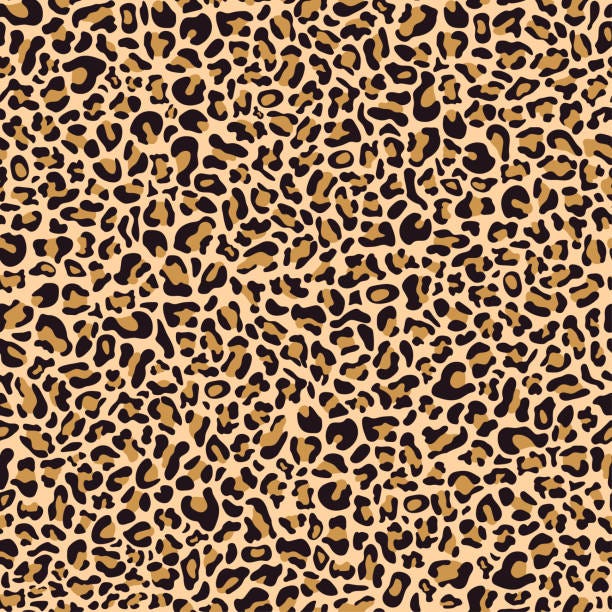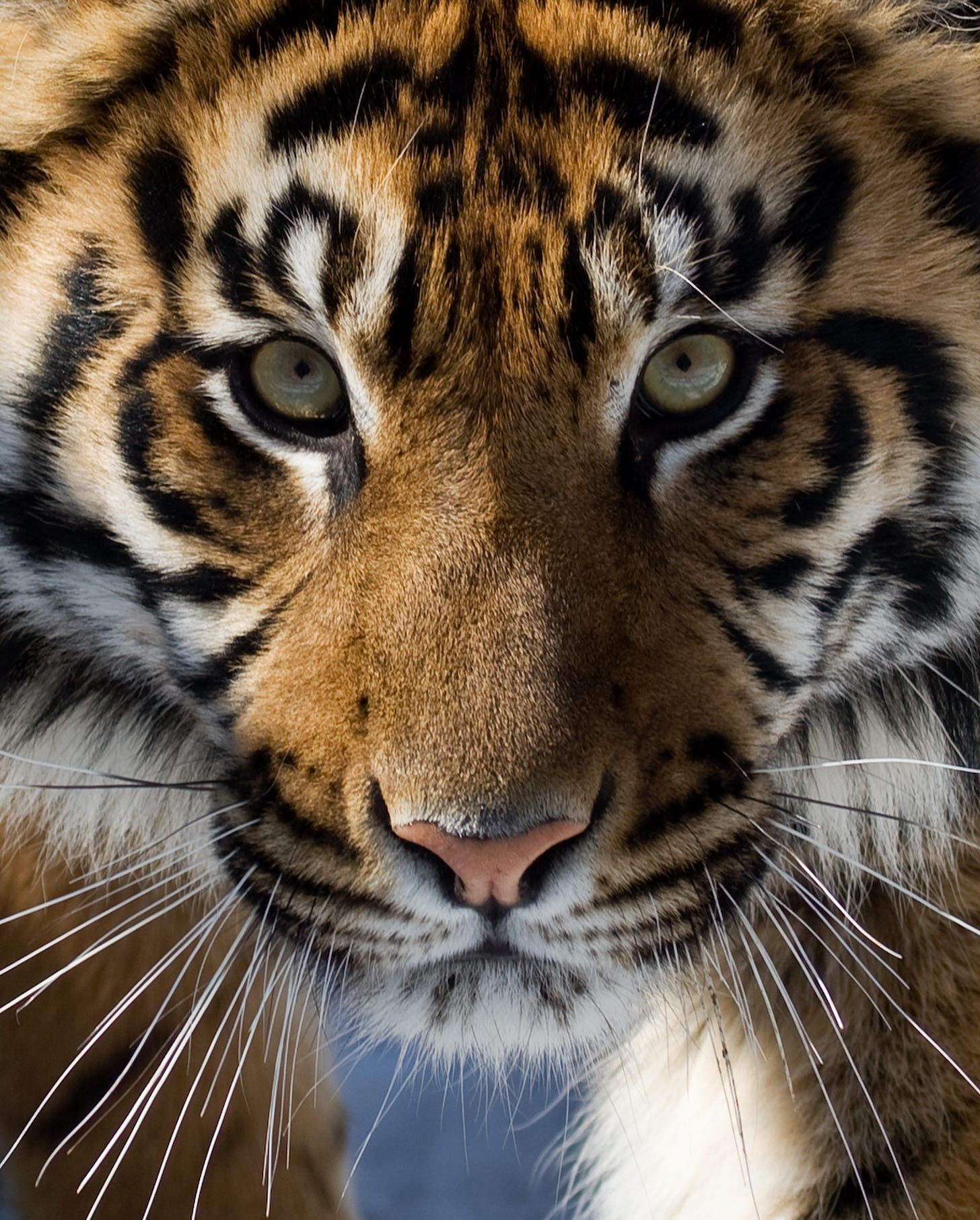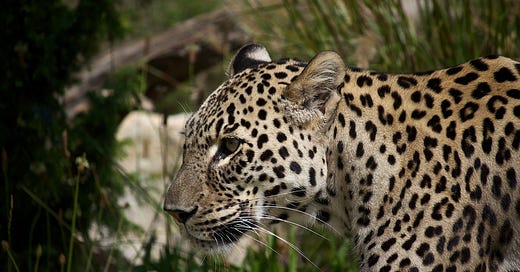Is it time for leopards and tigers to start charging for their spots and stripes?
As numbers of endangered species continue to plummet, an animal image levy could be an invaluable income for those trying to save them.
Spare a thought for Morad Tahbaz, the Iranian-American-British conservationist who Iran most definitely did not release alongside Nazanin Zaghari-Ratcliffe, the British-Iranian jailed for six years after being accused of plotting to overthrow Iran’s government.
Morad is the co-founder of the Persian Wildlife Heritage Foundation (PWHF) and was busy tracking the endangered Asiatic cheetah and Persian leopard with cameras in 2018 when the Iranians decided he wasn’t tracking big cats at all but using them as a cover for collecting classified information.
The grandfather was sentenced to 10 years in prison for “contacts with the US enemy government”. Amnesty International say there is evidence that he is among those who have been tortured. Though released ‘on furlough’ last month, he remains a 'prisoner of conscience’ in Iran.
In the increasing Kafkaesque world we find ourselves in, where those trying to save endangered species are punished and those who want to harm animals can do so openly on Facebook (more of that later), isn’t it time the world introduced an endangered species royalty?
So, companies who use images - including symbolic images - of lions and tigers and so on, pay a set fee to help conserve the very creatures they use to promote their businesses with, or in the case of the fashion industry, use on textiles.

The idea was first proposed in 2017 by Caroline Good, Dawn Burnham and David W. Macdonald in an article called A Cultural Conscience for Conservation and recently repeated in an article in The New Yorker.
The authors suggest that such a levy would, in turn, reduce strain on limited government funds in threatened animals' native homelands.
They write: “Three potential areas of lucrative animal symbolism - fashion, sports mascots, and national animals - provide examples of the kind of revenue that could be created from a species royalty.
“These examples also demonstrate how this royalty could prove to be a desirable means by which both corporations and consumers could positively develop their desired selves while simultaneously contributing to a relevant and urgent cause.
“These examples intend to ignite a multi-disciplinary conversation on the global cultural economy's use of endangered species symbols. An overhaul in perspective and practice is needed because time is running out for much of the wildlife and their ecosystems that embellish products and embody anthropocentric business identities.”

It’s a brilliant idea and could in some way go towards shaming Facebook into banning the selling of wildlife on its pages where you can order a tiger within 24 hours, according to Vice.
Journalist Gavin Butler carried out the investigation into the trade after the WFF’s Going Viral report last week revealed that wildlife trade on Facebook in Myanmar had increased by 74 per cent in 2021.
The hike in wildlife included a greater number of live bears and bear body parts and, for the first time since WWF began monitoring in Myanmar, ivory products and elephant skins, used for traditional ‘medicine’. In addition, the number of identified traders also rose by 69 per cent from the previous year and the number of wild animal species on offer by 21 per cent.
As Gavin discovered: “It took just half a dozen messages and less than 24 hours to line up the deal. Thanks to Facebook, it’s about as easy to find someone selling an endangered jungle cat as it is to adopt a domestic shorthair.”
Within three days, using nothing but public Facebook groups and Messenger, he was also able to track down an Asiatic black bear ($1,000), two leopard cat cubs ($280 for both), a wolf ($67) and the primate, the slow loris (£45) used for all sorts of nonsense ‘cures’ in ‘traditional medicine’ by women from healing wounds to treating sexually transmitted diseases.
I’d really like to know your thoughts on this, so please leave a comment if you think an endangered species levy is workable.
In the meantime, I hope you all have a very happy Easter break.




